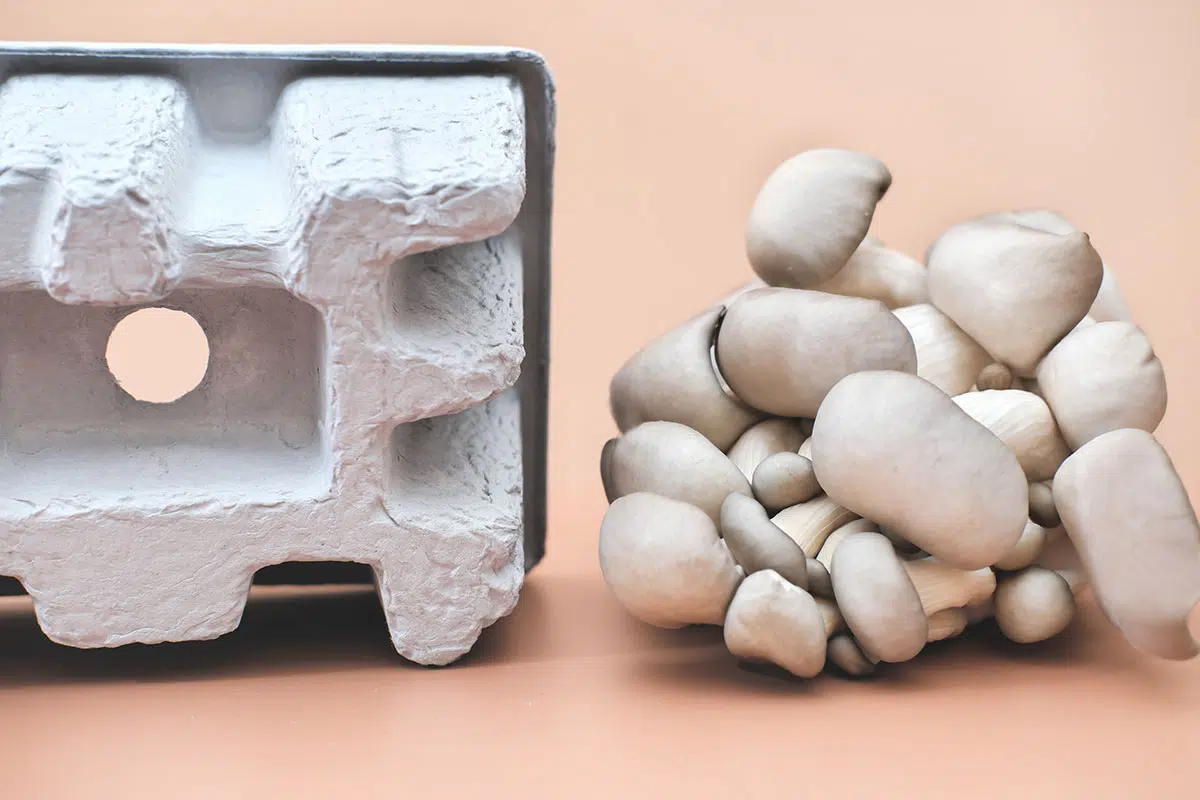A 2020 survey by Boston Consulting Group found that 74 percent of consumers are willing to pay more for products that come in sustainable packaging. And 60 percent of consumers surveyed said they were less likely to buy a product if the packaging was not environmentally friendly. Electronics manufacturers are becoming increasingly aware of this consumer preference, and that awareness is driving the popularity of sustainable packaging materials.
Companies that provide green packaging can credibly claim to be environmental stewards and are viewed favorably by consumers. In addition, recyclable or biodegradable packaging is seen as forward-thinking and innovative—a positive association that can benefit electronics manufacturers, whose products must be perceived as original and inventive.
Consumer preference isn’t the only factor driving the trend in sustainable packaging. Governments, too, are demanding an end to plastic use. In California, a new law requires all packaging to be recyclable or compostable by 2032. And while certain plastics may be considered recyclable, the law was written with the specific goal of greatly reducing single-use plastic, and shifting the burden of plastic waste from consumers to companies—which is exactly what many consumers want.
Given these factors, switching to green packaging sooner rather than later can give electronics companies a competitive advantage. So why do some manufacturers hesitate?
According to Raconteur, 43 percent of brands cite cost as an obstacle to sustainable packaging. Over the past several years, however, the supply and diversity of environmentally friendly materials has increased dramatically, driving down costs and increasing options. Today, companies that choose to use green packaging materials have a wealth of options to choose from. Here are five of the most popular.
Cardboard – The Original Sustainable Packaging Material
Cardboard is one of the oldest of the eco-friendly packaging options. It’s been in use for decades, is easy to repurpose, and easy to recycle. And if the material comes from sustainable forests, then the carbon footprint for this material is low. In addition, used cardboard can be shredded, and gain new life as packing filler. And if the inks on the cardboard are also sustainable, the entire package can be composted.
Mushroom Packaging
Not just for spaghetti sauce anymore, mushrooms are one of the newest sustainable packaging materials to come on the market. To make this type of packaging, agricultural waste products like corn husks are first molded into the desired shape. Then mycelium—the part of a fungus that acts as its roots—is grown around the mold, binding the waste into a solid, break-resistant container. The containers take only seven days to grow, and can be made in bespoke shapes to fit just about any type of product, from small electronic devices to large appliances.

Bamboo – A Fast-Growing, Eco-Friendly Packaging Material
Bamboo is famous for its fast renewal rate—the plant grows up to one inch an hour. In addition, the plant is naturally strong, used for centuries to make everything from eating utensils to furniture. And now some electronics companies are using it for packaging. Dell Computer, for example, touts this “eco-friendly cushioning” to consumers, and claims to be the first in the electronics industry to make packaging from renewably sourced bamboo. While bamboo does not decompose as rapidly as other materials—it can take up to six months in a composting bin—it does not release any toxic materials into the environment as it breaks down, making it a reliable and popular choice among both consumers and manufacturers.
Cornstarch-Based Foam
Foam packaging made from cornstarch is one of the most eco-friendly packing materials on the market. It’s sometimes referred to as “the new polystyrene” because it so perfectly mimics the traditional packing material. It even looks like polystyrene, and like the product it’s meant to replace, it can be made to order in any shape you need. For consumer products like electronics, cornstarch foam alone is all that’s needed for safe shipment. And once the product has been delivered, the consumer can dispose of the packing foam by composting it or dissolving it in water. Or the foam can simply be tossed in the trash, to safely biodegrade in the local landfill.
Seaweed – A Sustainable Packaging Material You Can Eat
According to the National Oceanic and Atmospheric Administration, eight million tons of plastic enter the world’s oceans every year, so it’s appropriate that one of the solutions to plastic pollution comes from the ocean itself. Growing up to one meter per day, seaweed is highly sustainable. It doesn’t compete with food crops, doesn’t need fresh water or fertilizer, and as an added bonus, it actively contributes to de-acidifying the ocean. Seaweed is now being used to make wraps, bottles, and other types of containers. The material is highly biodegradable, so much so that many of the containers made from it are in fact edible.
